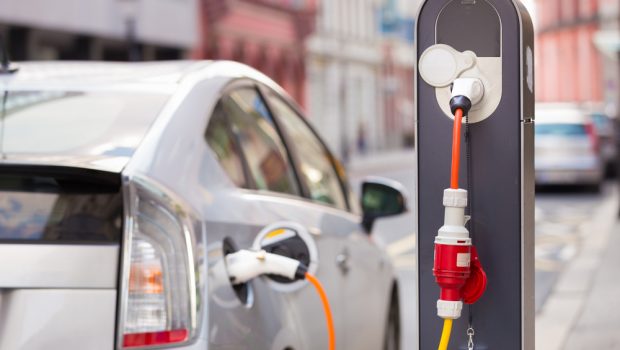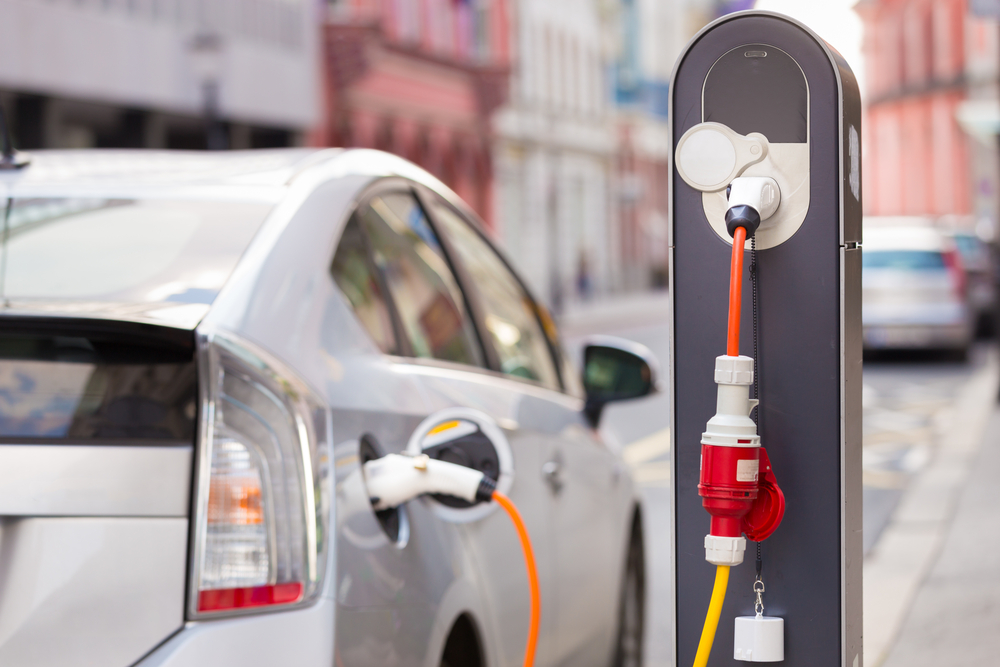Environmental Dangers of Electric Cars
Electric vehicles and their charging stations continue to become a common sight in many parts of North America and Western Europe. Several Japanese, American and German automakers recently began to manufacture them. These autos eliminate tailpipe emissions and make it possible to run cars using almost any energy source. However, research and studies have revealed that electric vehicles also have a dark side. They can damage the environment in several significant ways.
Production
When compared to conventional auto production, the EV manufacturing process causes considerably more environmental harm. Electric vehicle makers generate greater amounts of toxic waste, according to the BBC. Although both types of cars feature many of the same parts and materials, EVs are substantially different in a few ways. They contain different kinds of motors and much larger batteries. This necessitates greater quantities of materials like copper and nickel. Suppliers often cause significant damage to the environment when they obtain and process these substances.
Mining frequently inflicts considerable harm on the ecosystem. Electric autos contain a wide variety of comparatively rare metals. Many suppliers operate mines in countries with relatively weak environmental laws. They often release toxic substances during the mining process. Metals must be transported to factories around the world; this results in additional pollution. Electric cars need to travel at least 62,000 miles to compensate for the environmental effects of their production, according to the Berkeley Energy and Resources Collaborative. Defensive driving courses can help ensure that they last this long.
Noise Level
Most EVs generate little noise as they move, especially at low to moderate speeds. This seems like an advantage, but it makes the cars harder to detect. The vehicles often hit bicyclists and pedestrians, making it more hazardous to travel in the most eco-friendly ways possible. Animals are also more likely to be struck and killed by them. Fortunately, the U.S. government will require all new EVs to feature noisemakers by 2017.
Mass Transit
Another problem is that electric cars have diverted resources away from public transportation. Although buses and trains create less pollution, the federal government has heavily subsidized EVs and allocated comparatively little money for mass transit. Electric cars may also distract people from efforts to establish bike lanes or make cities more walkable. The environmental problems of vehicle manufacturing, disposal and electricity generation are unlikely to be addressed if most people continue to use private autos.
Electricity
An EV doesn’t directly generate any pollution, but most power plants release substantial emissions. The amount of pollution differs greatly depending on the fuels used in a specific region. If most of the power comes from burning coal or oil, an electric car will produce more emissions than equivalent gas and diesel autos. When compared to gasoline, natural gas power results in less pollution. However, a diesel car generates fewer emissions than an EV running on electricity from natural gas.
The environmental benefits of an electric car vary considerably in different areas. Midwestern and northeastern states use substantial amounts of coal to run their power plants. This makes electric autos less appealing in places like Ohio, West Virginia and the Dakotas. An EV generates much less pollution in coastal states in the western U.S. When these cars run on nuclear energy, they often contribute to water pollution, mining and radioactive waste production.
Construction
If large numbers of people begin driving EVs, this will inevitably result in a need for additional power stations. Utilities must clear forests to build plants or install wind turbines. Heavy equipment and trucks consume substantial amounts of energy during the construction process. The most eco-friendly power generation methods still hurt the environment in some ways. Hydroelectric plants harm fish, and wind turbines often kill birds or bats. Solar panels must be manufactured using rare earth metals.
To sum it up, EVs offer some important advantages but also create serious dangers for the environment. Their benefits differ depending on how and where people use them. It’s important to consider a wide range of alternatives rather than merely comparing EVs to gasoline-powered autos. When people want to travel in ways that reduce their environmental impact, they should also look at diesel, biodiesel, mass transit, walking and telecommuting. It’s vital to identify the most common power generation methods in a specific region as well.
















